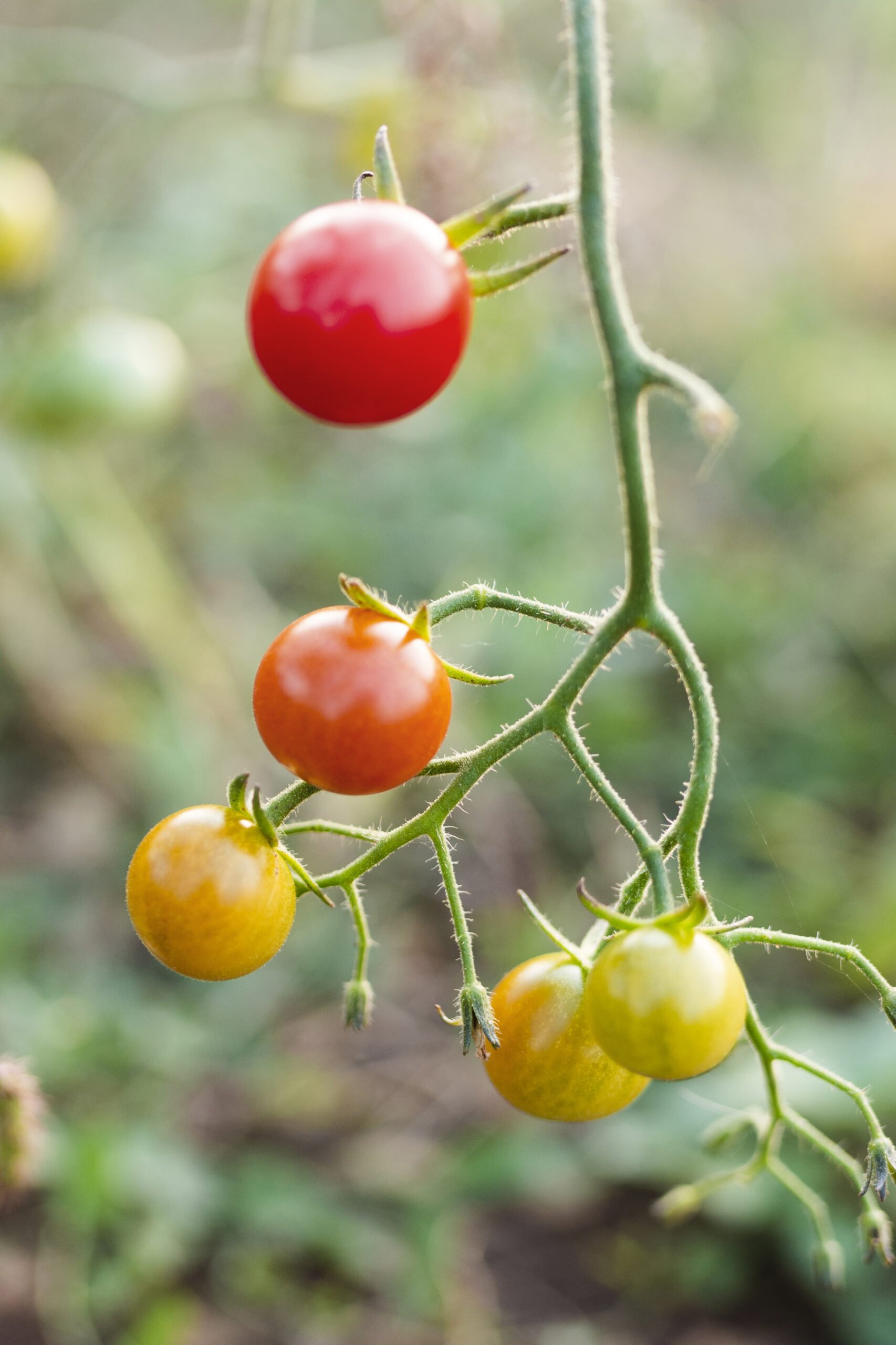
As the fall season approaches, it’s important to know the right time to harvest your tomatoes. With shorter days and cooler nights, tomato plants start to undergo changes. So, how do you determine the best time to harvest? In this comprehensive guide, we’ll walk you through how to harvest tomatoes in the fall.
Table of Contents
Harvesting Tomatoes at Full Maturity
Ideally, you should wait until your tomatoes reach full maturity before harvesting. This is indicated by the fruit’s final color, which can be red, pink, yellow, orange, and so on. The fruit should also exhibit a gentle yielding when touched. However, frost can pose a threat to your tomatoes, making it necessary to harvest them earlier. Here are a few things you can do to ensure a successful harvest.
About a Month Before the First Frost
If there’s about a month left before the first frost, you’ll need to take precautions to protect your tomatoes. Late-season tomato flowers won’t have enough time to mature into usable green tomatoes. To redirect the plant’s nutrition to the remaining tomatoes, pinch off the late blooms and tiny fruits that won’t have time to fully develop.
Additionally, it’s recommended to stop fertilizing and cut back on watering as the season nears its end. Fertilizers can stimulate new growth, which is unnecessary at this stage. By reducing watering, you create a mild drought stress that encourages maturation and enhances the flavor of the tomatoes.
Determining the Right Time to Harvest Tomatoes in the Fall
Once your tomatoes reach their full size and start to change color, they are considered to be in the “mature green” stage. Although not fully mature, these tomatoes will ripen after harvesting and will still have a great taste. However, you need to pick tomatoes at the right time. Here are a few cues to assist you in deciding when it’s time for harvesting:
Frost Alert
- Why it Matters: Frost can be detrimental to tomatoes. When temperatures drop below freezing (32°F or 0°C), the water inside the tomato cells freezes, causing the cells to burst. This leads to mushy, damaged tomatoes.
- Harvesting Action: When frost is forecasted, it’s crucial to harvest your tomatoes immediately. Even if your tomatoes are not fully ripe, they can continue to ripen indoors, but they won’t recover from frost damage.
Heavy Rain
- Why it Matters: Excessive rain can lead to several problems for tomatoes, including fruit splitting or cracking. When tomatoes absorb too much water rapidly, their skins can’t expand quickly enough, resulting in unsightly cracks.
- Harvesting Action: If heavy rain is expected, it’s best to harvest your tomatoes before the rain hits. This minimizes the risk of cracking and ensures your tomatoes remain in good condition for later ripening.
Temperature
- Why it Matters: Temperature plays a crucial role in the ripening process of tomatoes. Tomatoes typically ripen best when the temperature is between 68°F and 77°F (20°C to 25°C). When it drops below 55°F (13°C) and stays consistently cool, the ripening process slows down significantly.
- Harvesting Action: If your region experiences frequent temperatures below 55°F (13°C) in the fall, it’s advisable to bring your mature green tomatoes indoors for ripening. This will ensure they continue to ripen properly and develop their full flavor.
Heat Wave
- Why it Matters: While heat can accelerate tomato ripening, excessive heat, especially during a late fall heat wave, can cause tomatoes to ripen unevenly or stall at the yellow or orange stage without reaching full red ripeness.
- Harvesting Action: If you encounter a late fall heat wave with temperatures consistently exceeding 85°F (30°C), consider harvesting your tomatoes a bit earlier than usual. Bringing them indoors to a cooler spot can help prevent them from overripening or stalling in the ripening process, ensuring they reach the desired red color and flavor.
Monitoring weather conditions and temperature changes is essential for determining when to harvest fall tomatoes. By taking timely action based on these indicators, you can maximize the quality and flavor of your homegrown tomatoes, even when the weather becomes less favorable as the fall season progresses.
Maturing Tomatoes Indoors

If you need to ripen your tomatoes indoors, there are a few methods you can try. One option is to pull up the entire plant and hang it upside down in a dark basement or garage. As the tomatoes ripen, you can simply pick them off the plant.
Alternatively, you can harvest the individual fruits and place them in a dark spot at room temperature (ideal temperature between 68°F to 77°F or 20°C to 25°C). Some people prefer wrapping them in newsprint, while others use brown paper bags or store them in a kitchen cupboard. All of these methods work well for ripening tomatoes.
Avoiding Common Mistakes
It’s important to note that tomatoes don’t need light to ripen and will actually have a better taste and texture if they mature in darkness. Avoid placing them on a sunny windowsill, as this can lead to dryness and inferior taste. Additionally, refrain from storing them in the refrigerator or root cellar, as cool temperatures hinder maturation.
By following these comprehensive guidelines, you’ll be able to harvest your tomatoes at the right time and enjoy a bountiful fall harvest. Remember, the key is to consider the weather conditions, temperature, and the maturity stage of your tomatoes in order to make the best decisions for harvesting.
